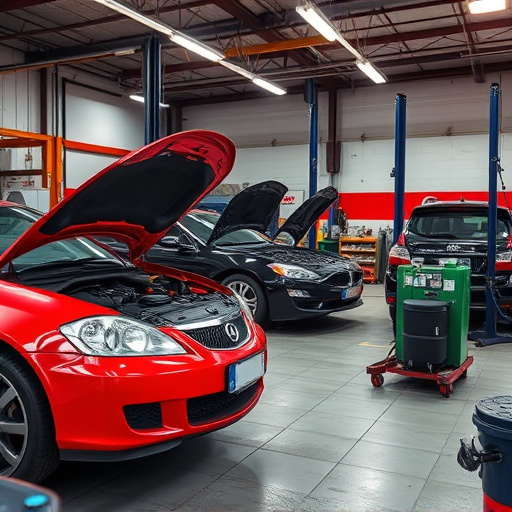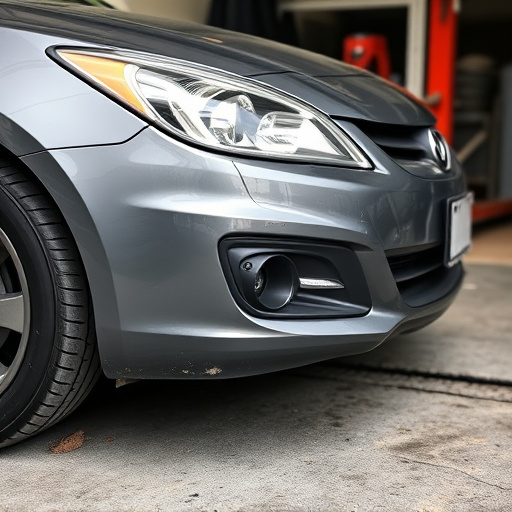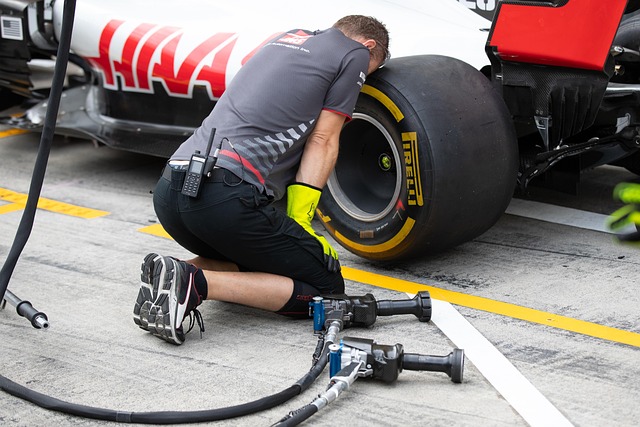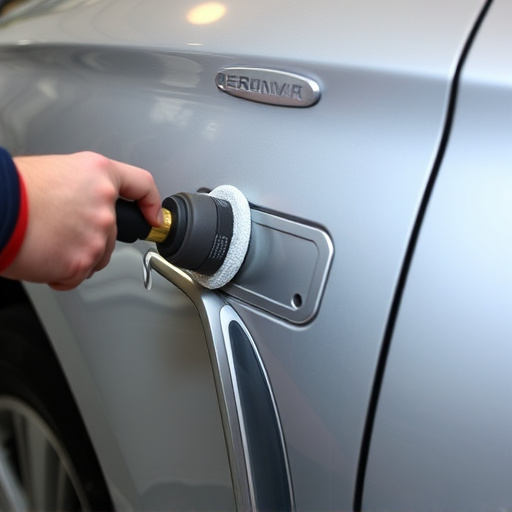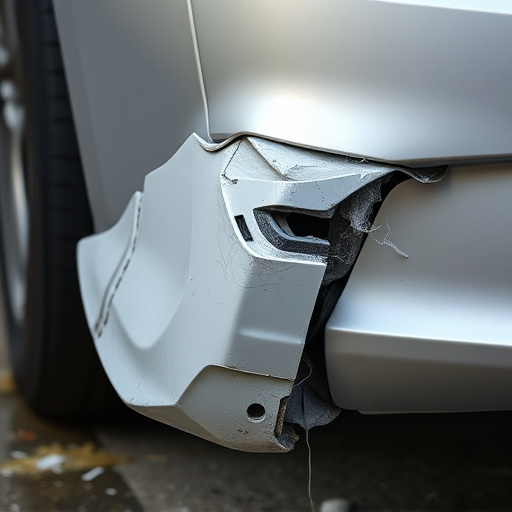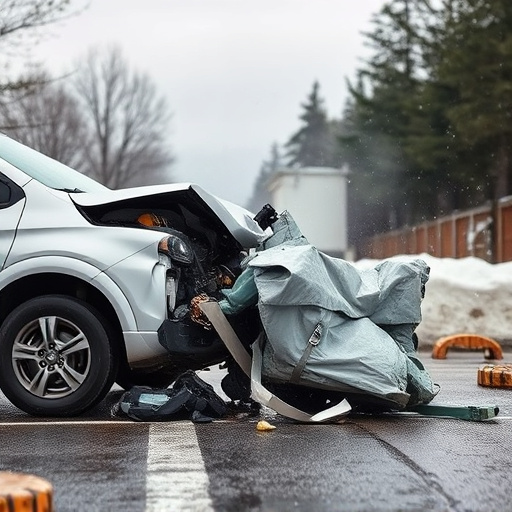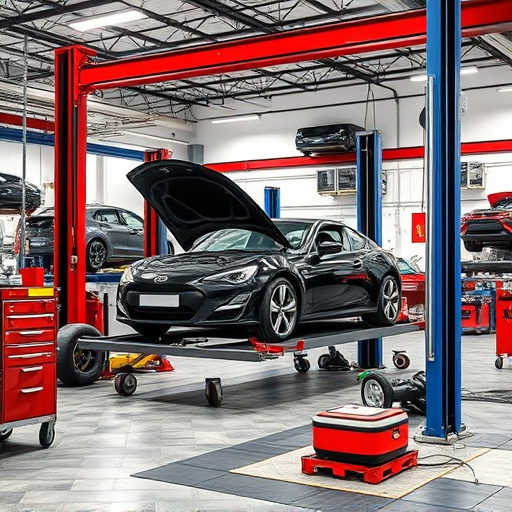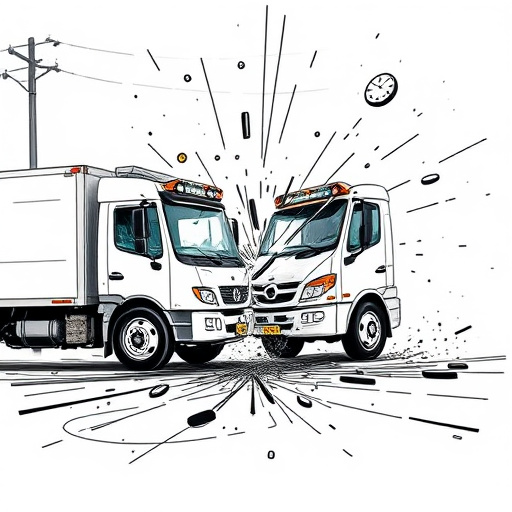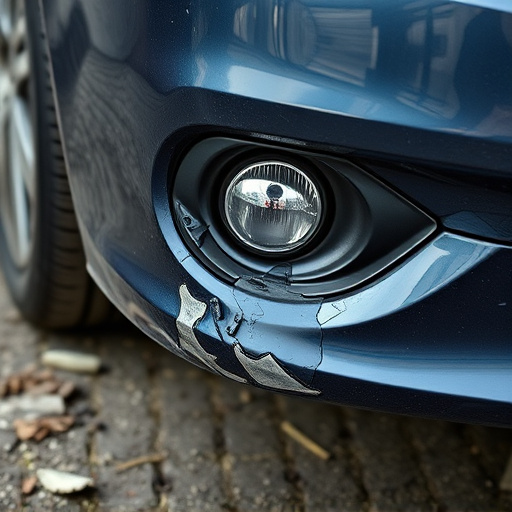The "tear down for estimate" process is a crucial step in collision repair, involving meticulous disassembly to identify all damage, including hidden issues. This method ensures accurate repair cost estimates by breaking down repairs into detailed work, materials, and labor components, fostering transparency and enhancing customer satisfaction with precise quotes.
In the fast-paced world of collision repair, accurate estimating is key to successful operations. The ‘tear down for estimate’ process involves meticulously disassembling a damaged vehicle to assess parts needing replacement or repair, ensuring precise cost calculations. This strategic approach not only enhances estimation accuracy but also fosters customer trust and satisfaction. This article breaks down the tear-down process, offers a step-by-step guide to disassembly, and explores the benefits and challenges of implementing this effective practice for collision repair facilities.
- Understanding the Tear Down Process
- Step-by-Step Guide to Disassembly
- Benefits and Challenges of Accurate Estimation
Understanding the Tear Down Process
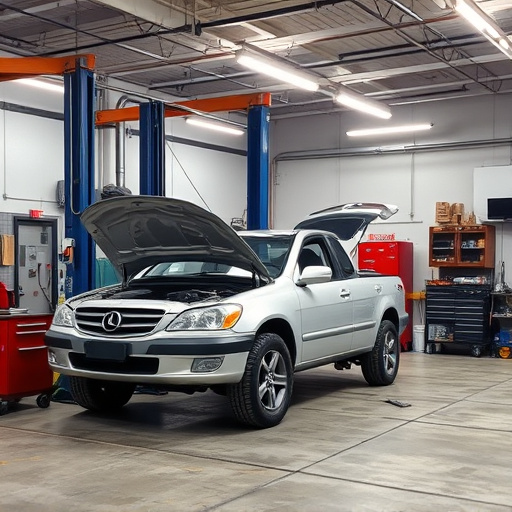
The tear down for estimate process is a crucial step in collision repair, allowing for a comprehensive assessment of the damage to a vehicle. It involves meticulously breaking down the car’s components and examining each part to determine the extent of the repairs needed. This methodical disassembly is not just about understanding the visible damages; it delves into identifying hidden issues within the car’s bodywork, such as cracked or distorted metal, compromised structural integrity, and damaged underlying components.
By performing a thorough tear down, skilled technicians can provide an accurate estimate for repair costs. This includes the cost of parts replacement, labor, and any additional services required, like bumper repair or painting. It ensures that car owners receive transparent pricing and quality service from reputable car repair services, giving them peace of mind during the restoration process of their vehicle’s bodywork.
Step-by-Step Guide to Disassembly
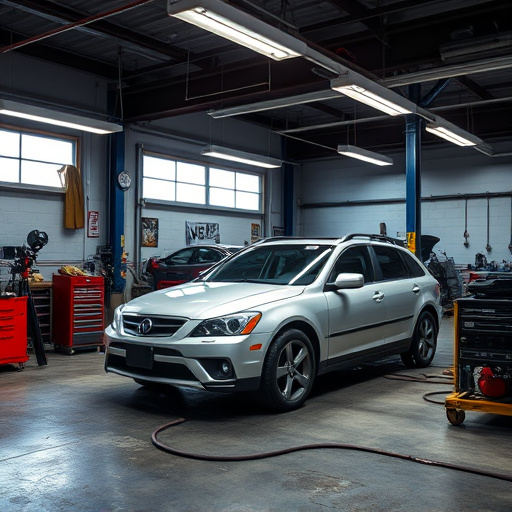
Performing a tear down for estimate is an essential step in the collision repair process, especially when dealing with complex car damage repair scenarios. Here’s a step-by-step guide to help you navigate this crucial phase:
1. Safety First: Before beginning any disassembly, ensure proper safety protocols are in place. This includes wearing appropriate personal protective equipment (PPE) and securing the vehicle to prevent any accidental movement during the tear down process.
2. Inspection: Begin by thoroughly inspecting every component of the damaged area. In luxury vehicle repair cases, precision is paramount. Document each part, noting its condition and location. This detailed approach ensures an accurate estimate for auto repair services, capturing all necessary components for a successful repair.
3. Disassemble Carefully: Using specialized tools, carefully remove exterior panels, trim, and other visible parts to access the underlying structure. For car damage repair, this step demands patience and skill to avoid damaging adjacent components.
4. Document and Categorize: As you disassemble, photograph each step and categorize the removed parts. This visual record is invaluable for creating a precise estimate and facilitating effective communication with insurance providers or clients.
5. Assess Damage Internally: Once exterior panels are off, inspect internal structures, frames, and mechanical components for any damage. This meticulous process is crucial in determining the extent of auto repair services needed.
6. Prepare for Reassembly: After thorough inspection and documentation, reverse the disassembly process, preparing parts for storage or replacement. Ensure each part is cleaned and ready for reassembly when the repair work begins.
Benefits and Challenges of Accurate Estimation
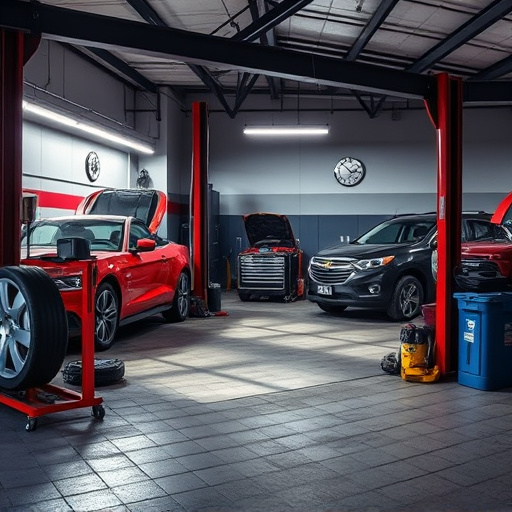
The process of accurately estimating costs for collision repair is a critical aspect of providing efficient and profitable auto body services. A thorough tear down for estimate involves a detailed breakdown of the work required, materials needed, and labor costs. This method ensures that both the vehicle owner and the vehicle body shop are on the same page regarding the scope of repairs, leading to increased transparency and customer satisfaction. By meticulously documenting each step, from assessing damage to identifying replacement parts, estimators can provide more precise quotes, minimizing disputes and enhancing the overall repair experience.
While beneficial for building trust with clients, accurate estimation presents its challenges. It demands a deep understanding of various car models, their complexities, and the latest in car body repair technologies. Estimators must stay updated on industry trends, including new materials, techniques, and safety standards, to deliver reliable quotes. Additionally, unexpected complications during the repair process can impact estimated timelines and costs, making it an art as much as a science, requiring experience and adaptability in auto body services.
The tear down for estimate process in collision repair is a meticulous procedure that, when followed accurately, can significantly enhance shop efficiency and customer satisfaction. By breaking down vehicles into their component parts and meticulously documenting each step, estimators gain a clear understanding of the work required, facilitating more precise and competitive quotes. However, it’s essential to recognize the time and skill involved, ensuring that shops allocate adequate resources to this critical stage in the collision repair process.
